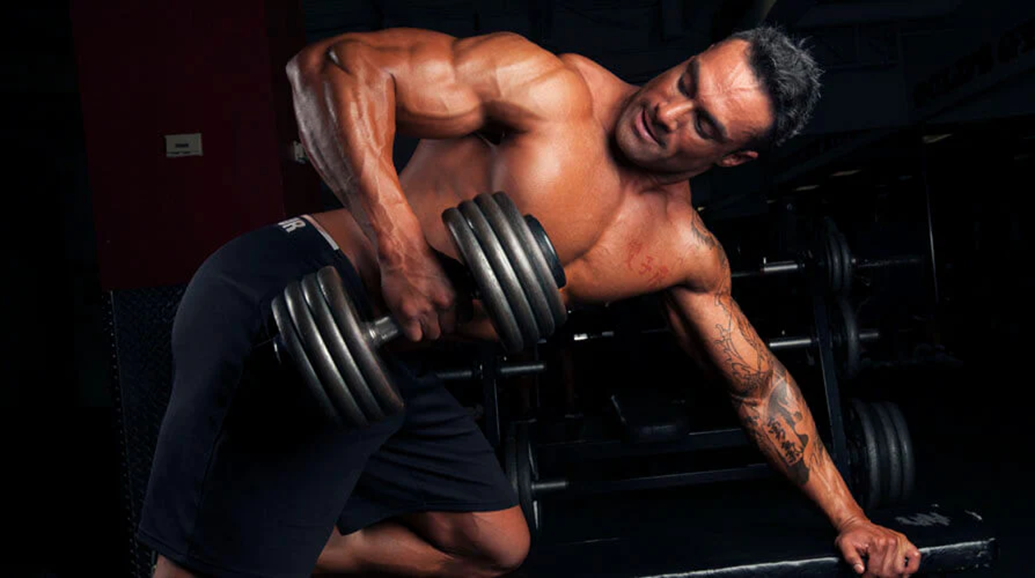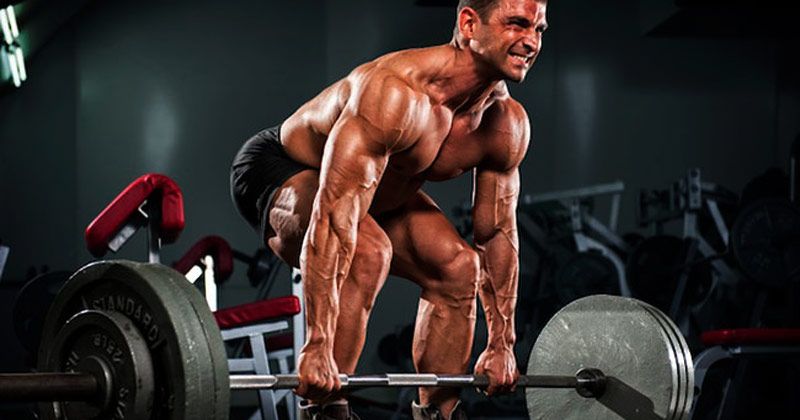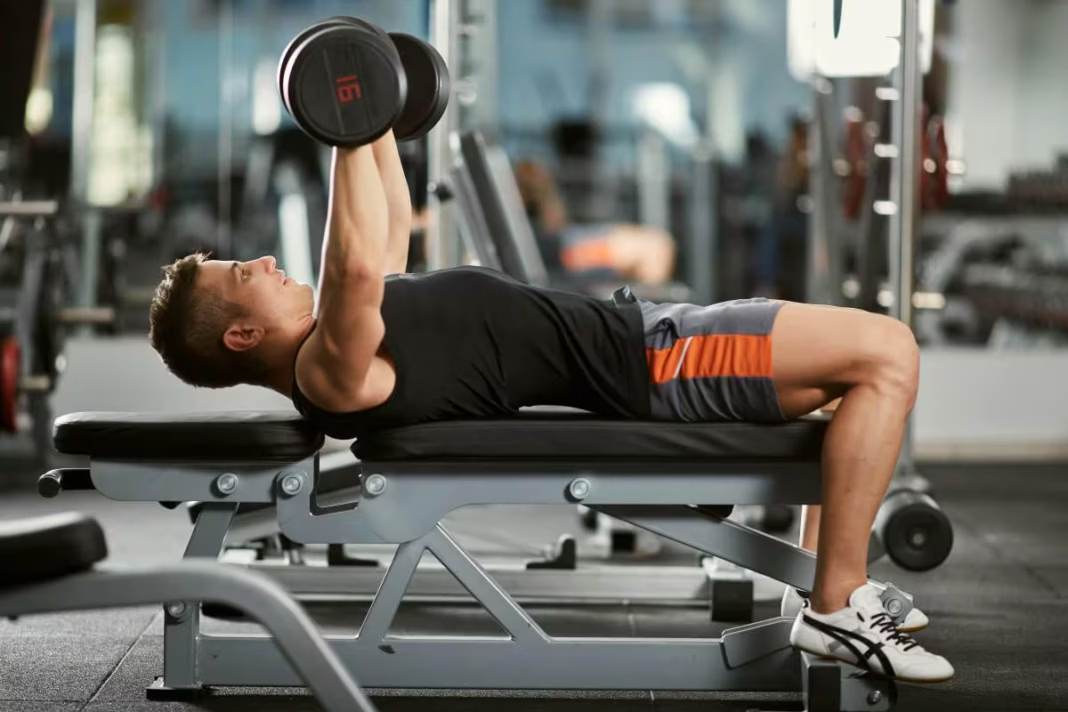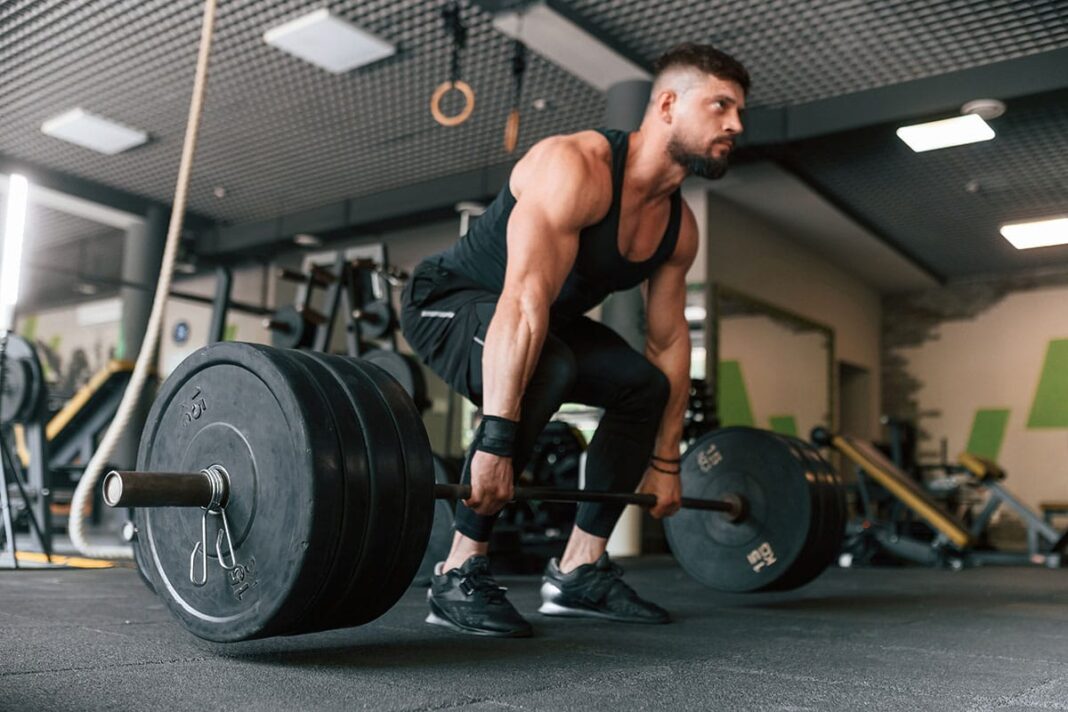Understanding Partial Reps in Bodybuilding
Partial reps, as the name suggests, involve performing only a portion of a full range-of-motion (ROM) repetition in a given exercise.
Unlike standard reps that move through the entire available motion of a joint, partial reps stop at a specific point, whether the top, middle, or bottom of the movement.
This technique has been used by bodybuilders and strength athletes for decades, but its effectiveness and application depend on the goals of the individual.
Do Partial Reps Make You Stronger?
Yes, partial reps can contribute to strength gains, but how and to what extent depends on how they are implemented.
Strength is highly specific to the range of motion in which it is trained. Since partial reps target specific portions of the lift, they can help reinforce strength in those particular areas.
For example, in powerlifting, a common weak point in the bench press is the lockout phase (top portion of the lift).
Performing partial reps that emphasize this segment can strengthen the triceps and improve overall performance in the lift.
Similarly, in the squat, lifters struggling to get past the sticking point just above parallel may benefit from partial squats to overload the muscles in that range.
Another way partial reps contribute to strength is through neurological adaptations. Because partial reps often allow a lifter to handle heavier loads than they would in a full-range rep, they can improve neural drive and confidence under maximal weights. This can lead to increased strength when returning to full-range lifting.
However, if strength across the full range of motion is the goal, then relying exclusively on partial reps is not the best approach. Full ROM exercises remain essential for developing complete movement patterns and preventing muscular imbalances.

Should Beginners Do Partial Reps?
For beginners, partial reps are generally not recommended as a primary training method. When starting out, the focus should be on mastering proper form, developing muscle coordination, and ensuring that all muscle groups are strengthened through a full range of motion. Training through a complete ROM has several benefits for beginners, including:
Improved Movement Quality: Performing exercises with a full range of motion teaches proper mechanics, which lays the foundation for long-term progress and injury prevention.
Balanced Muscular Development: Partial reps may lead to muscle imbalances if certain parts of the ROM are neglected.
Better Mobility and Flexibility: Full ROM training helps maintain joint health and flexibility, whereas consistently training in shortened ranges may limit mobility over time.
That said, beginners can occasionally use partial reps to help overcome weaknesses or add variety, but they should not replace full-ROM exercises. Instead, beginners should prioritize learning correct movement patterns before integrating advanced techniques like partial reps.
Are Partial Reps Better for Hypertrophy?
Hypertrophy, or muscle growth, is driven by mechanical tension, metabolic stress, and muscle damage.
Full-range reps are often favored for hypertrophy because they provide a greater stretch on the muscle and ensure that all fibers are engaged throughout the entire ROM. However, partial reps can still be beneficial for hypertrophy in certain situations.
Increased Time Under Tension: Partial reps can extend the time a muscle remains under tension, particularly if performed with slow, controlled movements. This can increase metabolic stress and contribute to hypertrophy.
Greater Overload in Specific Ranges: Since partial reps allow lifters to use heavier weights than full-ROM reps, they can create a high level of mechanical tension in the targeted range, potentially stimulating hypertrophy in specific muscle fibers.
High-Rep, Pump-Based Training: Some bodybuilders use partial reps to maintain a pump and achieve higher volume without excessive joint strain. This can be particularly useful for advanced trainees who need to maximize muscle fatigue without overloading their connective tissues.
However, while partial reps can enhance hypertrophy, they should not replace full-ROM movements.
A combination of both can be effective, but full-range reps should form the foundation of a hypertrophy-focused program.

Are Partial Reps Good at the End of a Set?
Yes, partial reps can be highly effective at the end of a set as a method of extending muscular fatigue and driving hypertrophy. This is often referred to as “burnout” or “finisher” training.
When a muscle reaches failure during a full-ROM set, it may still have enough strength to perform a few more repetitions in a shorter range of motion.
By continuing with partial reps, a lifter can prolong the set and push the muscle beyond its usual fatigue point, increasing metabolic stress and muscle fiber recruitment.
For example, in bicep curls, when a lifter can no longer complete a full rep, they can continue with partial reps at the bottom or middle portion of the movement to further exhaust the muscle.
Similarly, in leg presses, after reaching failure with full reps, continuing with short pulses at the top can add an extra stimulus to the quads.
Using partial reps at the end of a set should be done strategically. If overused, it can lead to excessive fatigue, prolonged recovery times, and potential joint stress. However, when incorporated intelligently, it can be a valuable tool for muscle growth.
When to Use Partial Reps in Training
Partial reps are best used in specific scenarios rather than as a primary training method. Here are some ideal situations where they can be beneficial:
- Overcoming Sticking Points: Strength athletes can use partial reps to target weak points in their lifts, such as the lockout in deadlifts or bench presses.
- Maximizing Hypertrophy: Bodybuilders can use partial reps to increase muscle fatigue and metabolic stress, especially at the end of a set.
- Handling Heavier Loads: Using partial reps allows lifters to get used to heavier weights, helping them build confidence under maximal loads.
- Reducing Joint Strain: In some cases, partial reps can be a useful alternative for individuals who experience joint pain with full-ROM movements.
Conclusion
Partial reps are a valuable tool in strength training and bodybuilding, but they should be used strategically.
They can enhance strength by targeting weak points, contribute to hypertrophy when used correctly, and serve as an effective burnout technique at the end of a set.
However, they should not replace full-ROM training, especially for beginners who need to develop proper movement patterns and overall muscle balance.
For best results, partial reps should complement a well-rounded training program rather than serve as the primary method.
Advanced lifters and bodybuilders can integrate them intelligently to break plateaus and refine their physique, but they should be mindful of their overall training volume and recovery needs. When used appropriately, partial reps can be a powerful tool in any strength or muscle-building routine.



